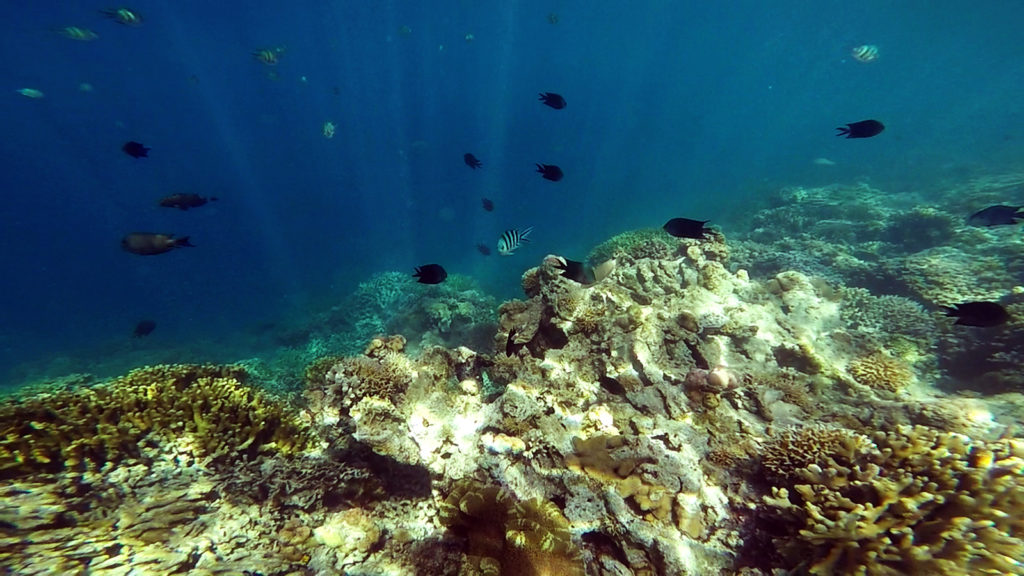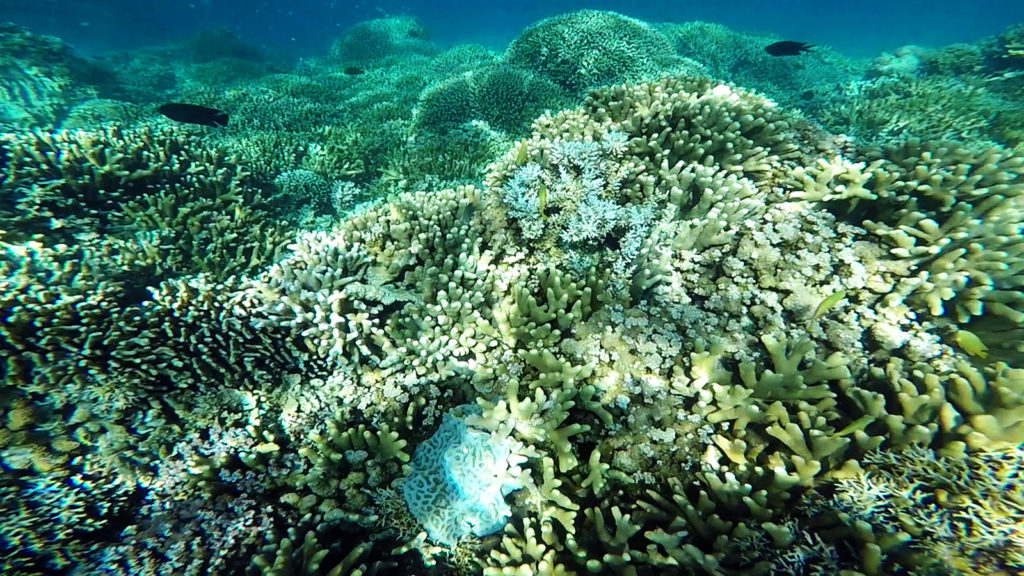Indonesia – Part 7: Snorkelling at Kanawa and Manta Point
At a length of 10ft (3m), the world’s largest extant lizard is the Komodo Dragon. It lives in the islands of Komodo in Indonesia. The second leg of my journey in Indonesia was largely motivated by this enigmatic lizard. When I started searching about how to get to Komodo, I realised that there is more to the surrounding islands than just the Komodos. A snorkelling tour in Kanawa islands with an opportunity spot Manta Rays sounded great!
The Komodo Island is part of the Eastern Nusa Tenggara island group. With a total of more than 500 islands and an area of over 47000 sq. km., I had to limit my visit towards the western end of the islands close to Labuanbajo, one of the main cities in Flores island.
Labuanbajo is the starting point for many diving and snorkeling excursions. Some of the popular destinations include the Komodo Island, Rinca Island, Kanawa Island, Manta Point, Pink Beach and the Padar Island. All of these destinations are actually quite far and could take a few hours of a boat ride to reach. The closest is the Kanawa Islands, which is known for its diving and snorkelling spots. Kanawa is about 10km away from the Labuanbajo harbour. My aim was to find out a way that I can visit all or most of the attractions.
The most popular way to reach these attractions from Labuanbajo is to take one of the single-day or multi-day boat tours. The multi-day tours can be simple 2D1N tours starting and ending in Labuanbajo itself or could be more luxurious (or semi luxurious – or as I came to know later, some very basic) boats that sail all over the Indonesian archipelago. My travel choice, was a 2D1N boat trip from Labuanbajo that would cover Kanawa, Padar, Pink Beach, Rinca, Komodo and Manta Point.
Snorkeling in Kanawa Island
Our first stop from Labuanbajo was the Kanawa Island for a snorkeling stop. Corals here were in somewhat better shape than other places I have been to, but they still had suffered from the disaster that affects corals all over the world; bleaching. While the chemicals in water can also affect corals, mass bleaching happens due to warming up of the seas.
Based on what I could find, a series of El Ninos from 2010-2017 affected the reefs of Indonesia. An El Nino is a warm ocean water current that builds up near equatorial Pacific. While the term “warm” is used, the actual temperature rise may be as small as 0.5 C over the regular temperature. An El Nino event can last from as little as two years to over four years. This systematic and consistent build up of warm water wreaks havoc in the global weather systems and marine ecosystems. While corals have been on earth for more than 500 million years (yes that’s right, they are among one of the earliest lifeforms that formed on earth!), many species of it can only tolerate a sustained temperature variation of only 1-2 C.
The snorkelling experience around Kanawa however was not a disappointing one. While most of the corals that you can see are staghorns, there are many reef fishes that you will be able to spot. The island is also host to the Kanawa Island Resort. However, the island is not exclusively the property of the resort and the guests from the boat rides seemed to be allowed on the beach.
Manta Point
Manta Point is about 5km from the Komodo Island and roughly about 18km from Kanawa Island. This happened to be our second stop on the trip.
The Manta season around Komodo is from around December to February. As my visit was in early August, I did not expect to see any Mantas. We had a little bit of luck however, when one of the boats spotted a Manta.
I cannot really say that I enjoyed watching the Manta spotting. Given that we were quite far from any land/surface support, I wasn’t very comfortable getting into the water. I would’ve still done so if I felt that the boats paid any attention to the divers/snorkellers (and as I learned first hand much later, this seem to be a normal thing). The more concerning fact was how many tourists/snorkellers/divers were chasing behind that one Manta. Being a wildlife enthusiast myself, I know the boundaries when it comes to getting close to an animal. Many wildlife operators that I have taken tours with, be it my own country Sri Lanka, South Africa, Kenya or Madagascar have unfailingly informed their clients of such boundaries as well. In occasions where this wasn’t the case, I have had the chance to tell my fellow travellers and the operators about taking a step back literally.
This boat trip however happened to be beyond any of it. There would’ve been nearly fifty people in the water including the divers and frankly it was beyond control. I was glad in a way that I was not part of it.
Our first day on the boat ended with us reaching Padar Island by sunset. We anchored in the bay near the starting point of the climb to the mountain. Next day was going to be an early day with the trek starting at around 4:30 in the morning.








